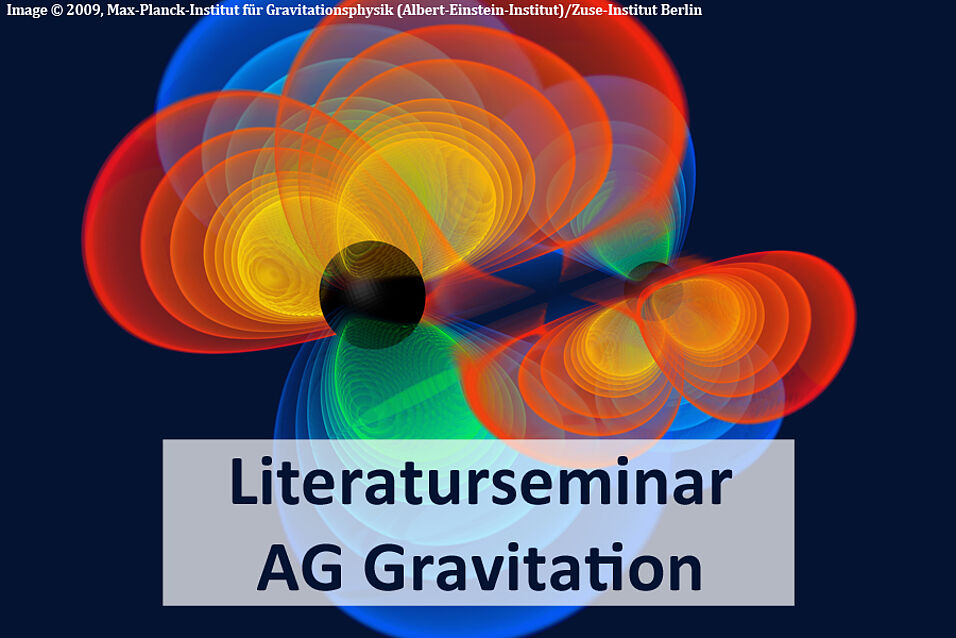The character and status of very simple sounding questions in manifold theory depends crucially on the dimension of the manifold. An illustrative example is the famous Jordan curve theorem which roughly speaking states that a topological embedding of S^1 into R^2 separates R^2 into a bounded component (which is homeomorphic to a disk) and an unbounded one. Naively speaking this theorem seems obvious, if annoying to prove. In reality, it is a miracle it is true in the first place as corresponding statements in dimension 3 and higher are simply wrong. In this talk I will try to give an overview over questions in low dimensional topology (such as existence and uniques of smooth structures, classification of manifolds) and how these depend on the dimension.
Willi Kepplinger (Vienna): A panoramic view of low dimensional manifolds

